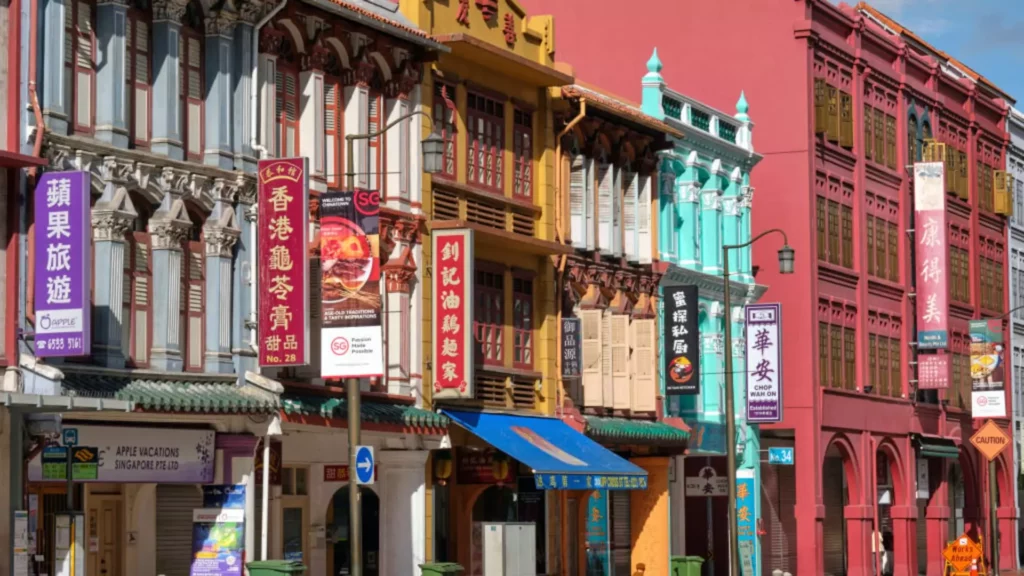![]()
Singapore, a city known for its modern skyscrapers and bustling financial district, might seem like an unlikely place for wealthy investors to channel their money into century-old colonial-era shophouses. However, these ornate and colorful buildings, steeped in history, have captured the attention of high-net-worth individuals from around the world. Despite the exorbitant costs – with prices climbing into the tens of millions – the allure of owning a piece of Singapore’s heritage appears to be too enticing to resist.
From renowned figures like Jack Ma’s wife and Hong Kong superstar Jackie Chan, to Spanish tycoon Ricardo Portabella Peralta, and Bridgewater founder Ray Dalio, a diverse array of investors have joined the shophouse craze. However, given the exclusivity and limited availability of these properties, only a select few ultra-high-net-worth individuals can afford to purchase them. With a scarcity of approximately 6,000 shophouse units in Singapore, the appeal lies in owning something truly unique and irreplaceable.
The sales volume of shophouses in Singapore has seen a significant uptick, with a 52.2% surge in the first quarter of the year, amounting to $169.1 million Singapore dollars ($125 million). The spike in interest has been largely driven by high-net-worth individuals seeking alternative investment opportunities. In a country where property cooling measures have made residential investments less attractive, shophouses have emerged as a resilient asset class that remains unaffected by additional levies and duties imposed on other property types.
The Enduring Allure of Conservation Assets
Built between the 1840s and the 1960s, the shophouses that dot the streets of Singapore are not merely buildings; they are repositories of history and craftsmanship that cannot be replicated. Real estate experts and industry insiders have emphasized the intrinsic value of these properties, highlighting them as collector’s items that hold a special place in the hearts of discerning investors. The intricate moldings, elegant design elements, and versatile usage options make shophouses a coveted asset class for those seeking long-term wealth preservation strategies.
The Evolving Investment Landscape
As the interest in shophouses continues to grow, Singapore’s commercial shophouses have become increasingly popular among local investors and corporate entities. Foreign investors, while still present in the market, are facing stiff competition from domestic buyers who recognize the value and prestige of owning a piece of Singapore’s architectural legacy. With the government exempting commercial shophouses from stringent property cooling measures, these properties have emerged as a safe haven for wealth preservation in uncertain economic times.
In a city where modernity often overshadows tradition, the resurgence of interest in Singaporean shophouses speaks to a deeper appreciation for historical preservation and cultural heritage. While the prices may seem staggering to the average individual, for the ultra-high-net-worth individuals seeking tangible, enduring assets, these colonial-era buildings offer a glimpse into Singapore’s storied past and a promising investment for the future. As the shophouse craze shows no signs of abating, it is evident that these architectural gems will continue to hold a special place in the hearts and portfolios of the world’s elite investors.

Leave a Reply